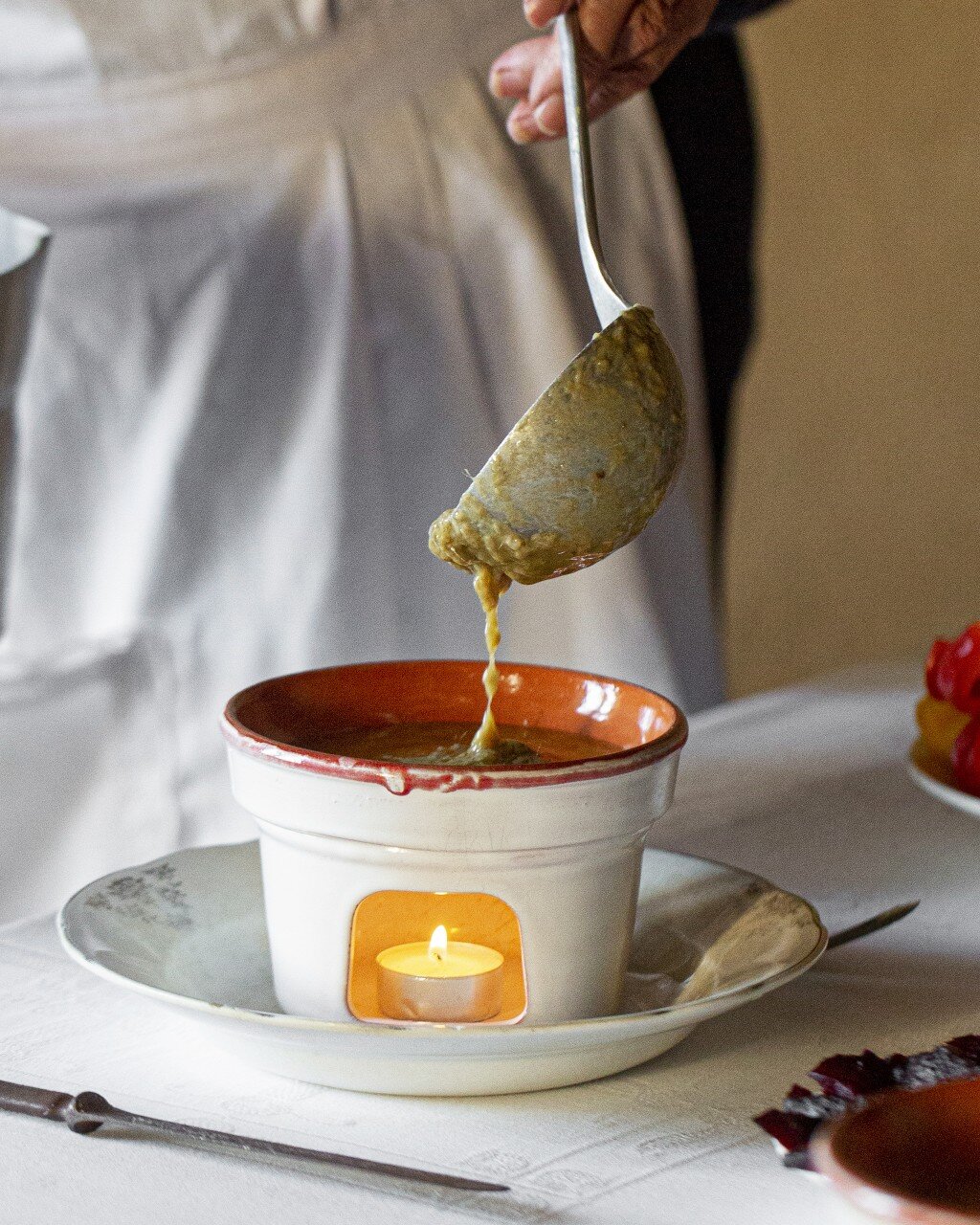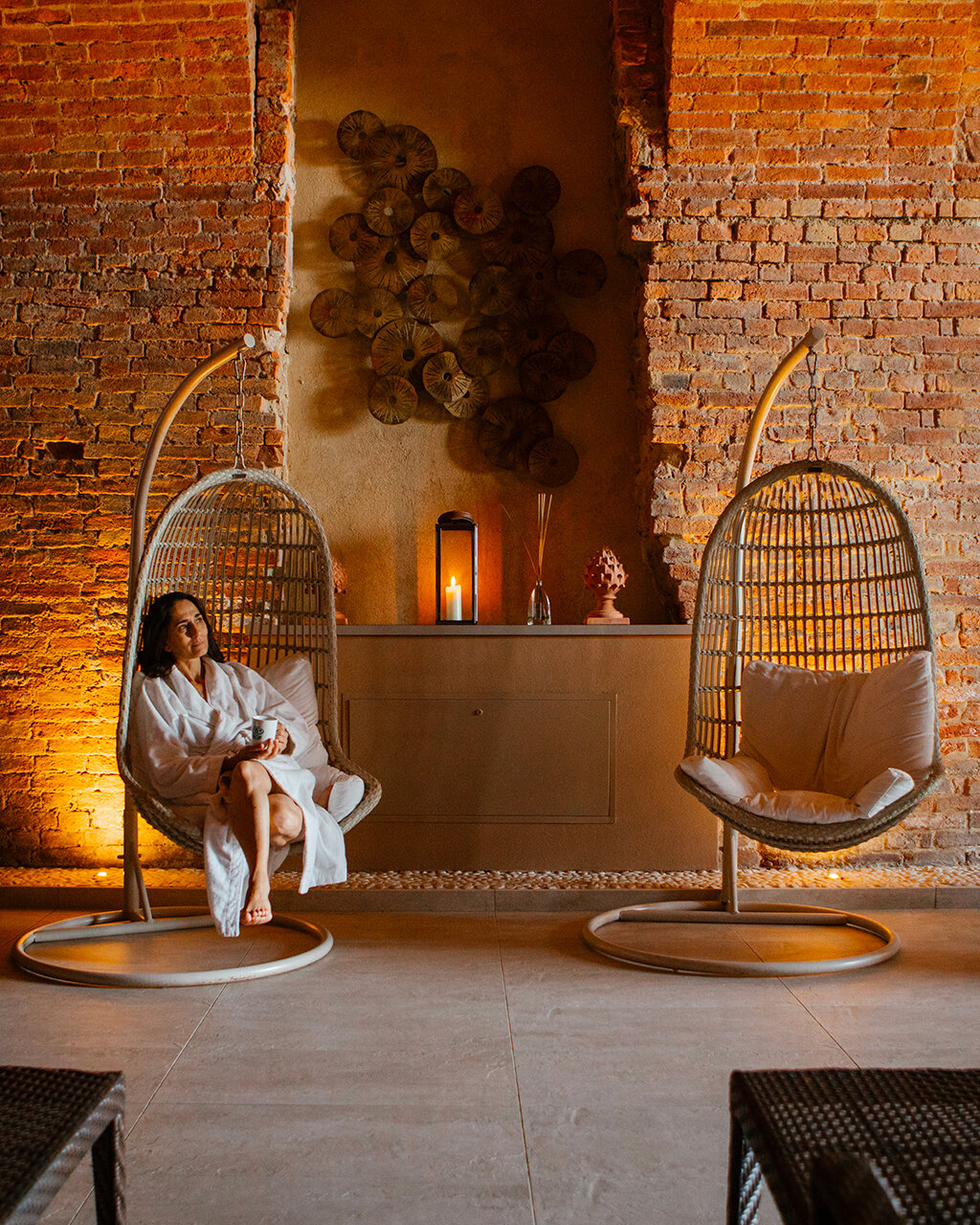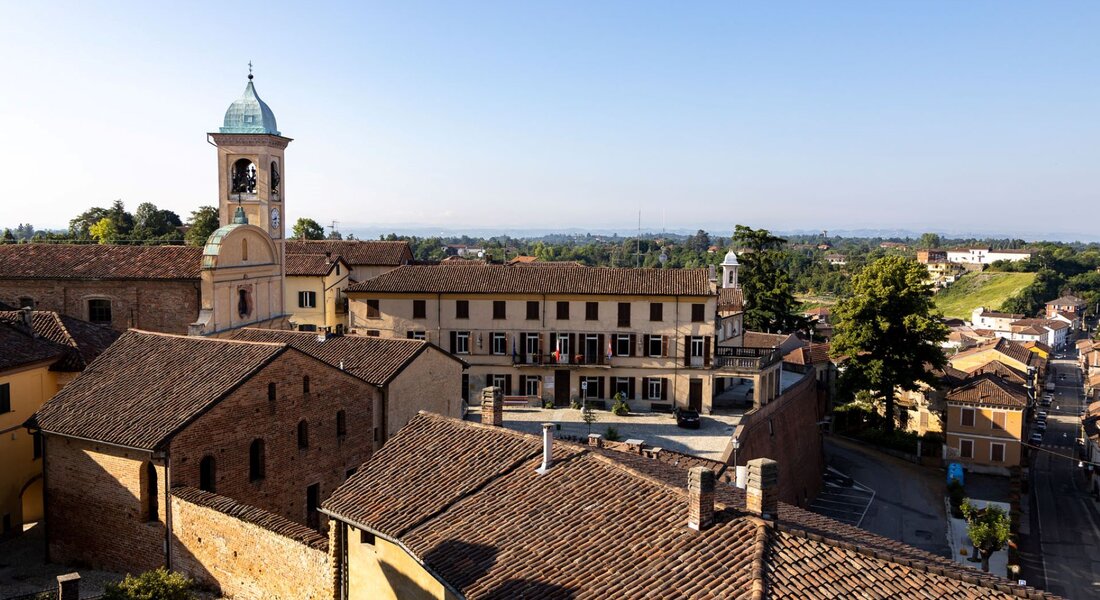Next comes Penango, a rural village dominated by the parish Church of Magnocavallo dedicated to San Grato. The route then continues on to the "rival hamlet" of Cioccaro, (with another parish Church, San Vittore, by the same architect, but it features a Romanesque plan that is still partly visible) and we join the ridge leading to Grazzano Badoglio.
Grazzano Badoglio pays tribute to its fellow-citizen Marshal of Italy with a small historical museum, while the parish church houses one of Monferrato's best-kept secrets: the tomb of Aleramo, the legendary hero and founder of the Marca, which he gained from Emperor Otto I, after riding for three nights and three days after kidnapping Adelasia, the Emperor’s favourite daughter. The ancient Benedictine Abbey of San Salvatore is partially incorporated into the parish Church of SS. Vittore e Corona and it preserves a fresco by Moncalvo depicting Aleramo gathered in prayer and two tombstones pointing to his tomb. There are also many other works of art (ranging from canvases by Moncalvo and Pozzo to the 16th century choir) and a Roman tombstone dating back to the 2nd century.
The wall where children and adults spend their Sundays playing tamburello (the Monferrato version of pallapugno, which is played with a so-called tambass) is one of the regular features of these medieval villages where the ramparts are often the only remains of former fortresses that no longer exist.
The same landscape continues as far as Casorzo Monferrato, famous for its Malvasia wine; worth mentioning is the unusual Church of San Giorgio and Madonna delle Grazie, of Romanesque origin, later remodelled in the 19th century in the Palladian style; whereas the parish Church of San Vincenzo is a fine example of late Baroque style by Magnocavallo (some works by Moncalvo are preserved inside).
From Casorzo Monferrato, after a series of ups-and-downs we pass through Grana Monferrato, with its imposing Baroque parish Church enclosed between a few narrow streets which stretch along the ridge towards Montemagno ( see itinerary Lower Monferrato of Castagnole) and Calliano Monferrato. In Grana Monferrato, mention must be made of the small Museo di Arredi e Arte Sacra (Museum of Sacred Art and Furnishings) and the panoramic Santa Maria cemeterial Church of Romanesque origins.
Find out more
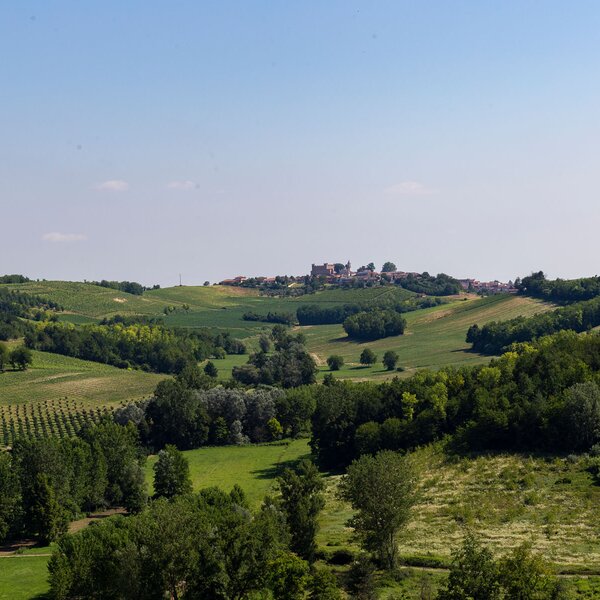
Lower Monferrato of Castagnole
Find out moreAll that is left of the massive fortress of Calliano Monferrato (the buen ritiro of set designer Eugenio Guglielminetti in the hamlet of San Desiderio) is but a memory: it was destroyed in the Franco-Spanish wars of the 17th century and today there are only a few bastions which can be seen around the panoramic esplanade, just above the parish church. On the other hand, the pattern of the mediaeval old town can be clearly seen, as can the beautiful Romanesque parish Church of San Pietro (with an original 9th-century apse, but 19th-century façade), which once had three naves. In the parish church there is an altar by Vittone and carvings in the choir by Bonzanigo, as well as numerous works by Moncalvo and a 15th-century wooden Christ. But the crowning glory of Calliano Monferrato is its gastronomy: agnolotti with donkey stew, a rare and particularly tasty dish whose tradition starts here.
Next we go down to the lower part of the Valle del Versa and reach Castell’Alfero with the baroque Castle of Counts Amico, a masterpiece (with Piovà Massaia see itinerary Romanesque in and around Montechiaro d’Asti) by Benedetto Alfieri, who, together with the parish Church, transformed the oldest part of the medieval fortification into a lace embroidered "with wonder".
Find out more
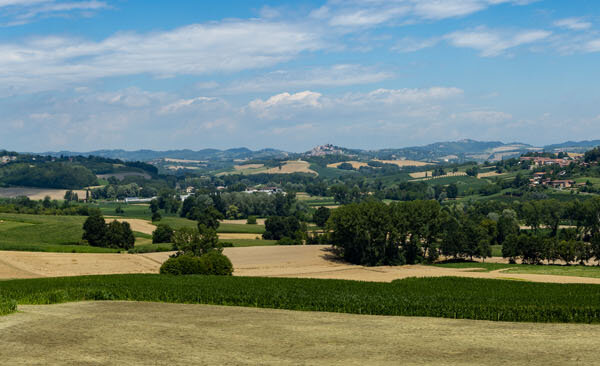
Romanico Da Montechiaro
Find out moreA splendid balcony overlooking Monferrato, the Castle houses the town hall and ‘L Ciar, a rural museum. The rest of the village, well enclosed within massive walls, is definitely worth a stroll which can also be extended onto the cosy hamlets of Serra Perno and Callianetto. Right here, in the open countryside, there is still the makeshift refuge of two Turinese puppeteers known for their Napoleonic satire and most wanted by the authorities for that. They created the Piedmontese mask of Gianduja and were hosted in a hut in the woods by a family of patriots, the De Rolandis, whose son Giovanni Battista is said to have invented the Italian flag: the Tricolour.
On the way to Frinco, a stop at the beautiful panoramic Church of Madonna della Neve is a must. The apse and parts of the bell tower are Romanesque, a truly peaceful hermitage set in beautiful countryside. Frinco is all “perched” on its thousand-year-old castle, a massive private Fortress which preserves much of the grim fortification of the Turco family. The name of the village, like many similar ones nearby (Tonco, Zanco, Rinco, Ranco) is of Longobard origin, like many of the oldest fiefs in Monferrato.
On the other bank of the Versa river lies Tonco, another beautiful rural village marked by the distinctive silhouette of its pointed church tower. Here, in April, the Giostra del Pitu (the turkey, in dialect) is held, an ancient local tradition with a trial and (mock) execution of the poor bird.
From Tonco it is best to follow the winding ridge that, passing through Alfiano Natta, takes us back to the bastions of Moncalvo, meandering through the slopes and vineyards.
PLEASE NOTE: Responsibility for the maintenance and practicability of the various trails lies with the municipalities where the routes are located. The Tourist Board, therefore, cannot be held responsible for any inefficiencies, but is willingly available to collect your reports so that they can be forwarded to the authorities concerned.
